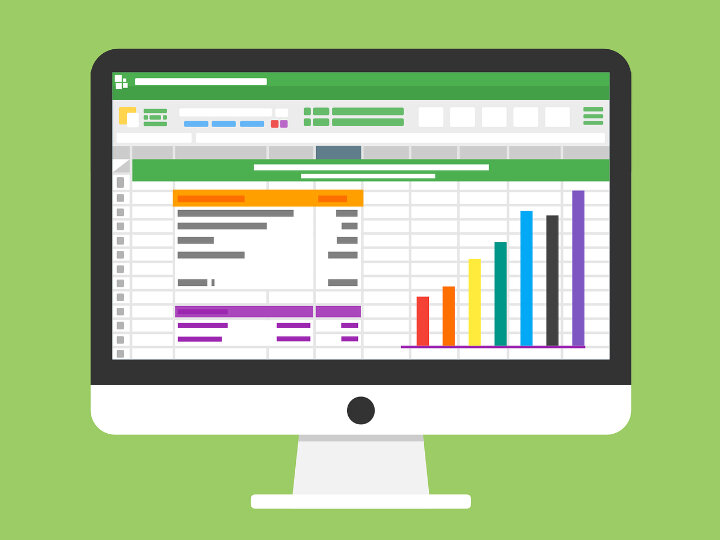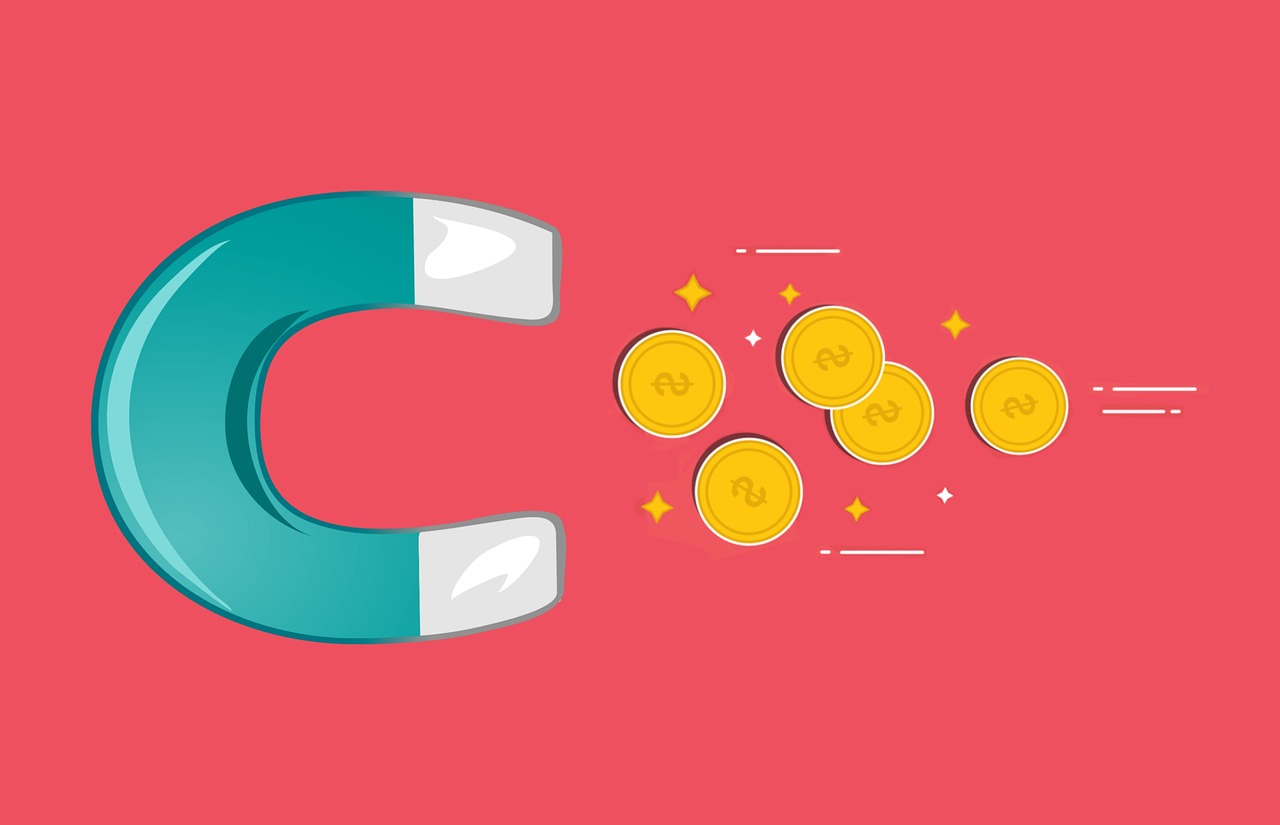Last year on Cyber Monday, customers spent $9.4 billion online. The Cyber 5 online sales, these are the five days across the Thanksgiving Weekend, accounted for $28.5 billion in sales. It’s a lot of money, so it shouldn’t be surprising that in the US, the top shopping days make up 45% of annual holiday sales.
The reason people go so crazy - shoppers want a bargain.
A flash sale is sure to draw in crowds of shoppers. Bonuses are just as effective. In this article, I’ll show you how to use bonuses to boost your sales. Let’s start with the very basics.
What are Bonuses & Why Should You Use Them
You see bonuses everywhere. When you go to the supermarket and see a bottle of hand lotion with a free smaller bottle from the same brand, you’re looking at a bonus. When you see your usual razor blades packaged with some aftershave at a heavily discounted price, you’re also looking at a bonus.
Bonuses are used all the time by digital marketers to help push undecided customers into making a purchase. Here’s an example from a sales page for a digital marketing product.
A study conducted by the University of Minnesota found that shoppers preferred getting bonus items over discounts. They determined that a 33% discount didn’t have the same resonance among customers as getting 50% more of a product and that offering, 50% more lotion, resulted in a 73% jump in sales.
Bonuses work, they discovered, because most shoppers couldn’t be bothered to compute how much they were going to save. After all, not everyone can do fractions on the fly.
They also discovered people associate more value with the words “more” and “free” compared to “less.” In other words, they wanted to get more than what they paid for instead of paying less for the same thing. As you can see from the example above, the difference between a bonus and a sale comes down to positioning. Fundamentally, with a sale or a bonus, the offer is often the same.
Understanding the Customer Persona
I like to compare bonuses to making a peanut butter and jelly sandwich. It’s not going to be a sandwich if it doesn’t have a top slice of bread, a layer of peanut butter, a layer of jelly, and a bottom slice. I mean, I’m partial to open-faced sandwiches, but you get the picture.
Now, think of your promotion as the very same sandwich. Let’s say your main product is a timesheet app. The peanut butter and jelly layers are the main product that you’re selling. You can also think of the main product as just the peanut butter or the jelly, depending on which spread you like better. The bonuses you’re offering are the slices of bread. What can you offer as a bonus to entice customers to sign up for it?
More often than not, your bonuses should be related to your main product. Now, if you’re a hardcore PB&J sandwich fan, you’ll leave the Wonderbread on the shelf and get a couple of slices of pumpernickel bread, which in my opinion, is the only bread that makes a half-decent sandwich.
The bonuses you create should align with the pain points your customers face. To create effective bonuses, you need to understand your potential customers. A well-defined customer persona will help you identify those pain points and where you can add value.
Taking the timesheet app as an example, here are some possible bonuses for a potential customer.
Notice how the possible bonuses add value to a potential customer and address problems they are likely to face. I cannot reiterate this often enough: a good bonus must pair well with your main product.
How to Come Up with a Relevant Offer
Theoretically, you can offer anything in your product line as a bonus (or team up with another business). However, you should ask yourself, Does it make sense to offer it as a bonus?
Following our sandwich analogy earlier: does your bonus make your sandwich taste great, or will it go better with some other sandwich? I suppose some people add mustard to their PB&J. It’s not my thing, and I think a lot of people will agree with me. So let’s stick to what most people like, shall we?
The easiest thing to offer as a bonus is a free complimentary product or service. For example, if you are running an e-commerce store, you might decide to run a three for two offer. Or, the least expensive thing you purchase is free or comes at a discounted price. These types of offers can help either increase the amount a consumer spends or increase the conversion rate on their existing purchase.
Giving away a product for free has its downsides. If you give away a product that costs you money, that will reduce your profit margins. It might be worth it for the increased sales. It's also a good way to get rid of surplus stock. However, you'll need to make that decision on a case by case basis.
You can add a bonus that has a one-time cost of course. In some niches, PLR products offer you a way to get around this. Some marketplaces offer white label software, eBooks, website themes, and more that you can purchase and then giveaway with an offer. Alternatively, you could make a course, white paper, or information product to give away with an offer.
How to Sell Your Bonus
We’ve covered how to come up with a suitable bonus for an offer. Now, I want to discuss how to position your bonus. This is important. To really boost your sales, you need to sell your bonus, not just give it to them.
Earlier in this article, I showed you an example bonus product from a sales page for a digital software product. Here’s another example from that page.
There are a couple of things I want to highlight the way the bonus is positioned:
There’s a monetary value attached to the offer (really important)
A short description of the product, how it offers value, and how it relates to the product
The bonus appears before the buy button
Giving the bonus a monetary value, and providing it before the buy button will help increase sales.
Of course, this assumes people are already on the sales page. If you were funneling people to an offer, say via a webinar or email campaign, you might create a landing page with bonuses that people would see before they arrive on the sales page.
Here’s an example of how you could stack bonuses together on a squeeze page.
You should add a video before the bonuses to provide context. This helps people make the link between the bonuses on offer, and the product they are thinking about purchasing.
Finally, you can add an element of pressure by offering a limited time bonus. This will create a sense of urgency to your offer, which will help boost sales.
Conclusion
Bonuses are a proven way to boost sales. In this guide, I showed you how to create a relevant offer with bonuses that would interest your audience. Your bonuses should always be something your audience will appreciate. Be careful not to fall into the trap of offering something totally unrelated to your main product. It should ideally be something that adds value to your product.
Finally, make sure to sell your bonus. Give your bonus a financial value, so they know what they are getting. You can even stack bonuses together until it gets to the point where you have a “no brainer offer.” When you have the perfect offer, your customers won’t be able to stop themselves from making a purchase.




























